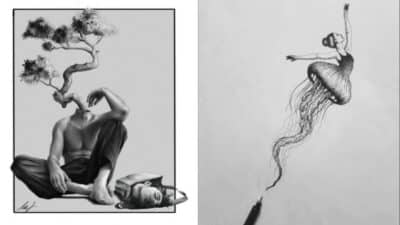Digital art lessons have become very popular today because more people want to learn how to create art using computers and tablets. It is a fun way to explore creativity and develop new skills. Many online classes and free tutorials make it easy for beginners to start digital art without needing expensive tools.
Digital art lessons are popular because they help people of all ages learn new techniques in a simple and accessible way. Whether someone wants to draw, paint, or design, there are lessons that cover all kinds of digital art styles. This growing interest is also supported by many websites and workshops that offer step-by-step guides and fun projects.
Why Digital Art Lessons Are Trending
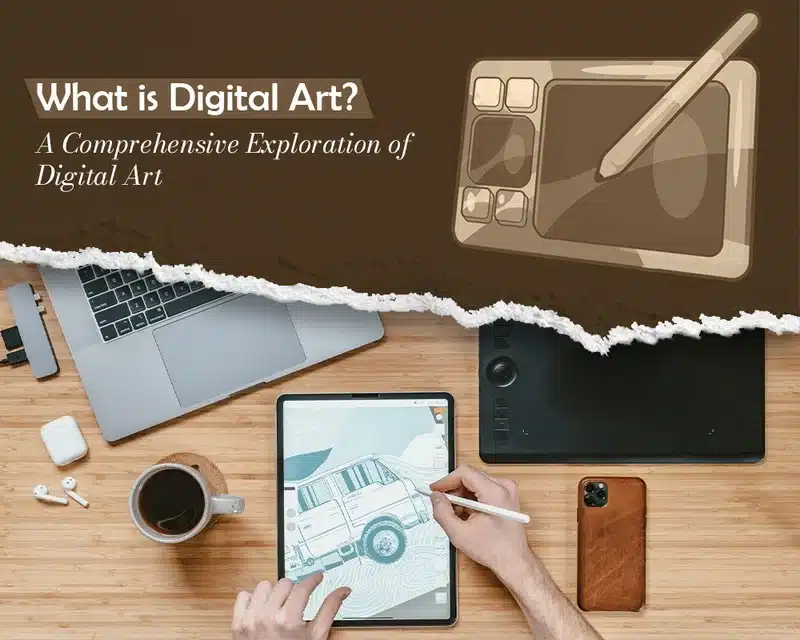
Digital art lessons are gaining attention because more people want to create art using computers and tablets. Many students come from different age groups and backgrounds. Social media also plays a big role in spreading digital art and making it popular.
Current Popularity and Growth
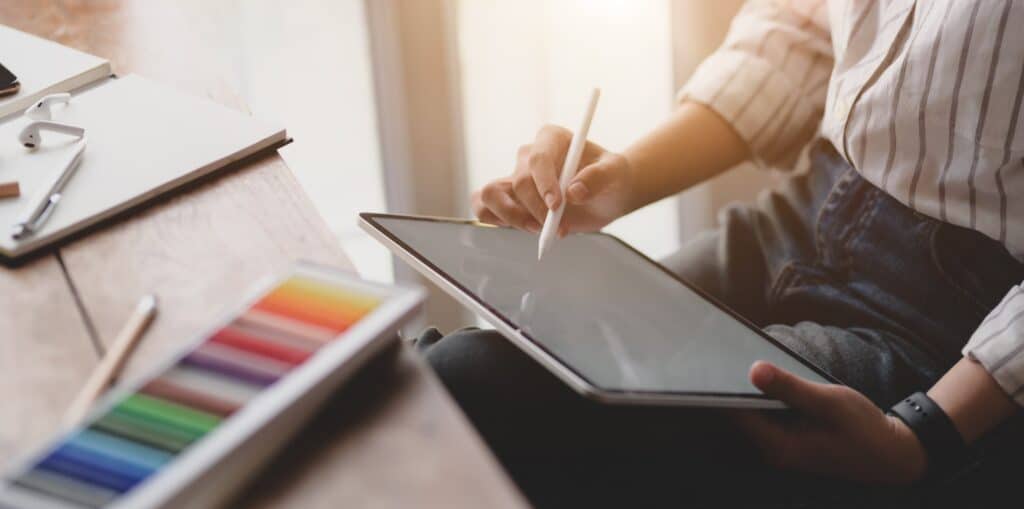
Digital art lessons are becoming more popular because technology is easier to use and widely available. Many programs and apps help beginners start making digital drawings or paintings quickly.
Schools and online platforms offer a growing number of courses, making digital art accessible to many. Students like digital art because it saves time and materials, like paper and paint.
Artists can also fix mistakes easily and try new ideas without waste. This flexibility encourages more people to learn digital art, driving its growth.
Impact of Social Media on Digital Art
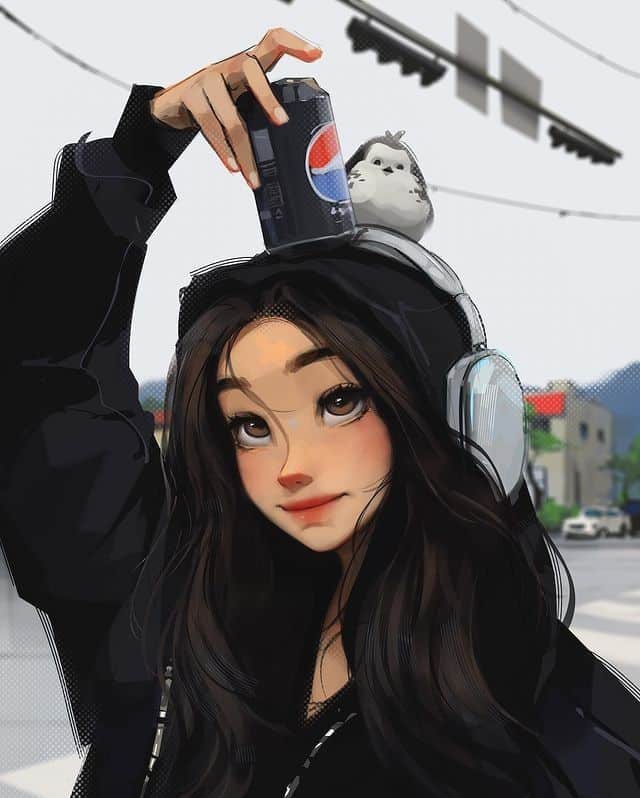

Social media helps digital artists show their work to large audiences fast. Platforms like Instagram, TikTok, and Pinterest make it simple to share creations and get quick feedback.
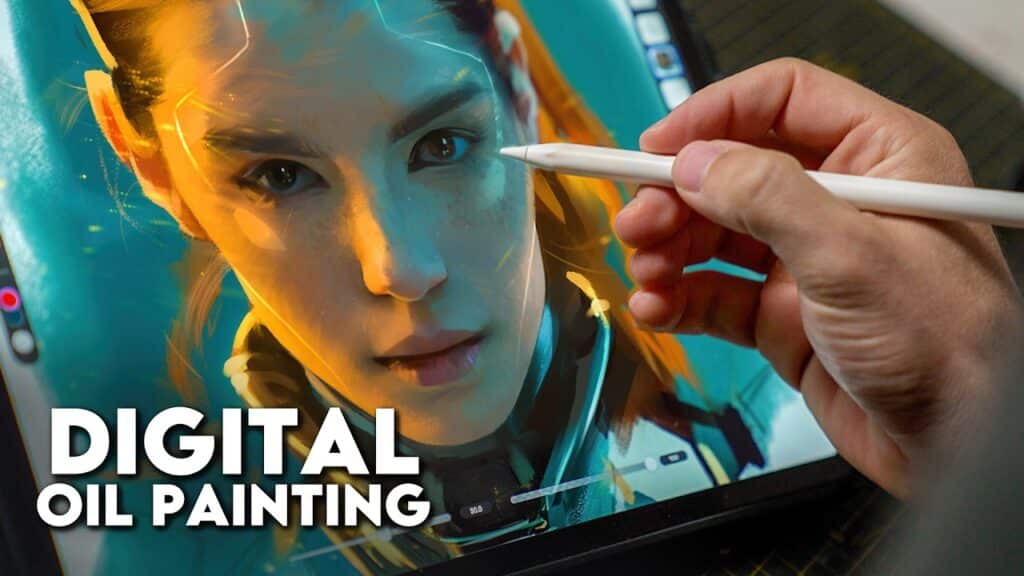
Many digital artists gain followers and connect with others who enjoy the same style or tools. This constant sharing and peer support motivates new learners to join and improve.
Social media also creates trends and challenges that inspire artists to practice new skills. This helps keep digital art lessons lively and attractive.
Demographics of Digital Art Students
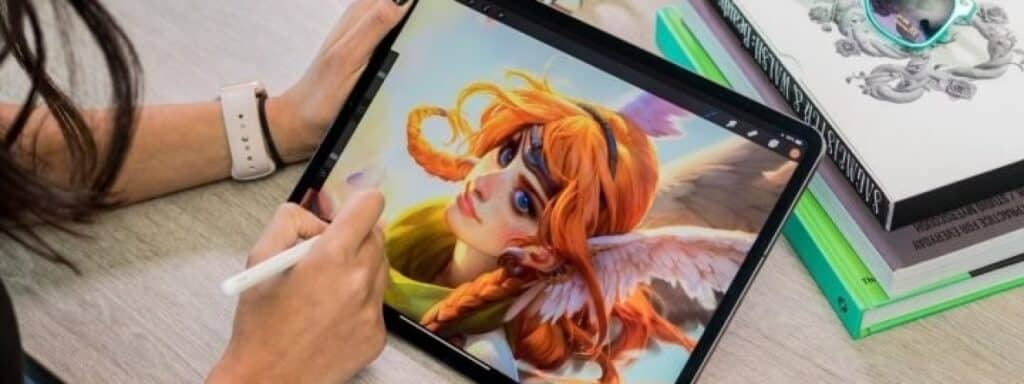
Students learning digital art come from many ages, but younger people are the biggest group. Kids and teens enjoy digital art lessons because they are fun and match their interests in technology.
Adults want to learn digital art too, often to build careers in gaming, advertising, or animation. Some take lessons as a hobby or way to relax.
Both beginners and experienced artists choose digital lessons to improve skills or adapt to new tools. This wide range of learners shows digital art appeals to many types of people.
Choosing and Benefiting from Digital Art Lessons
Digital art lessons offer many ways to improve skills and learn new techniques. Selecting the right course and tools can make a big difference in progress. Lessons also help students develop important skills and connect with other artists.
Finding the Right Course For Your Skill Level
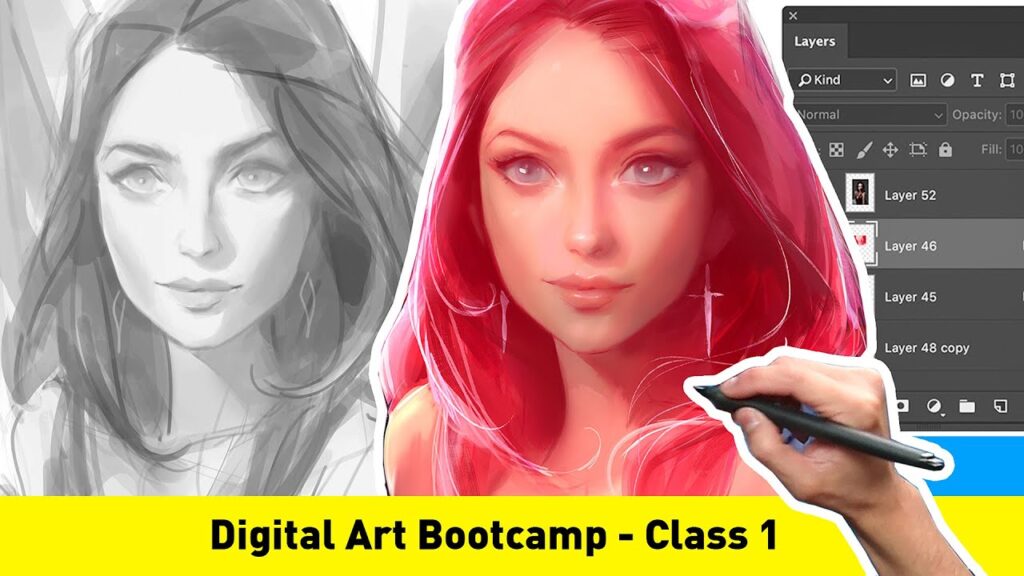
It’s important for learners to pick courses that match their current art abilities. Beginners should look for lessons that start with basic drawing and simple digital tools. More advanced artists may want courses focused on specific styles or software features.
Many online platforms provide clear descriptions about who the course is for. Checking reviews can help find classes with good teaching styles. Flexible schedules and clear instructions are good signs of a helpful course.
Essential Tools and Software for Beginners
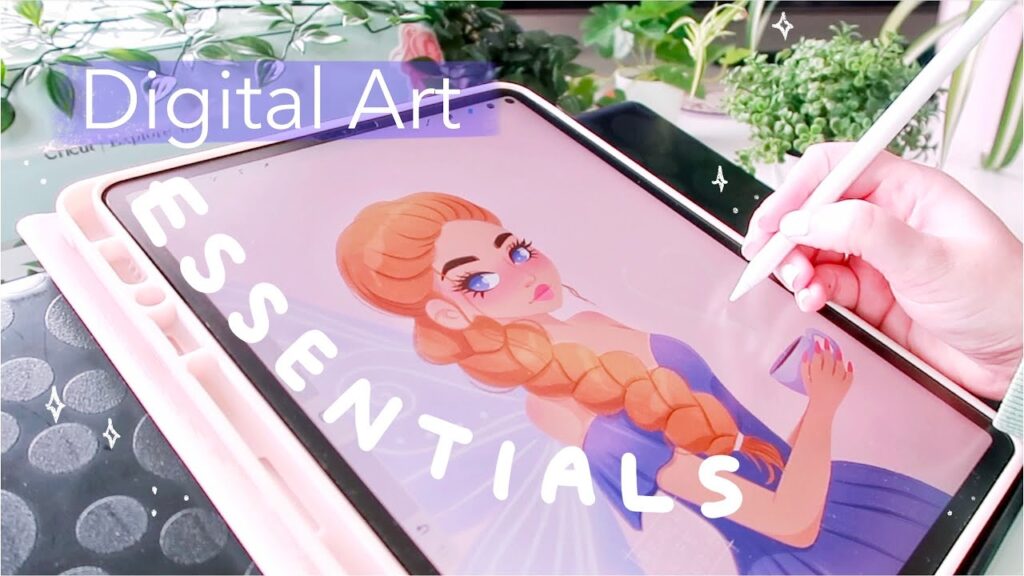
Beginners don’t need expensive equipment to start digital art. A tablet or a computer with a basic drawing program is enough. Popular software includes Procreate, Adobe Fresco, and Krita.
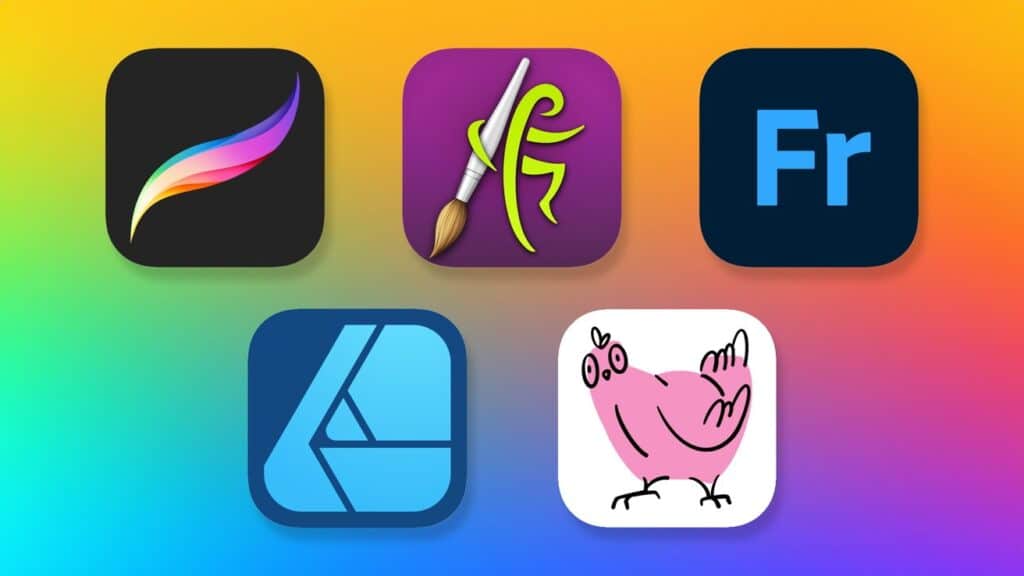
It helps if the tools have undo options and layers, so mistakes can be easily fixed. A simple drawing tablet or even an iPad is suitable for most new learners. Clear tutorials on how to use these tools make starting easier.
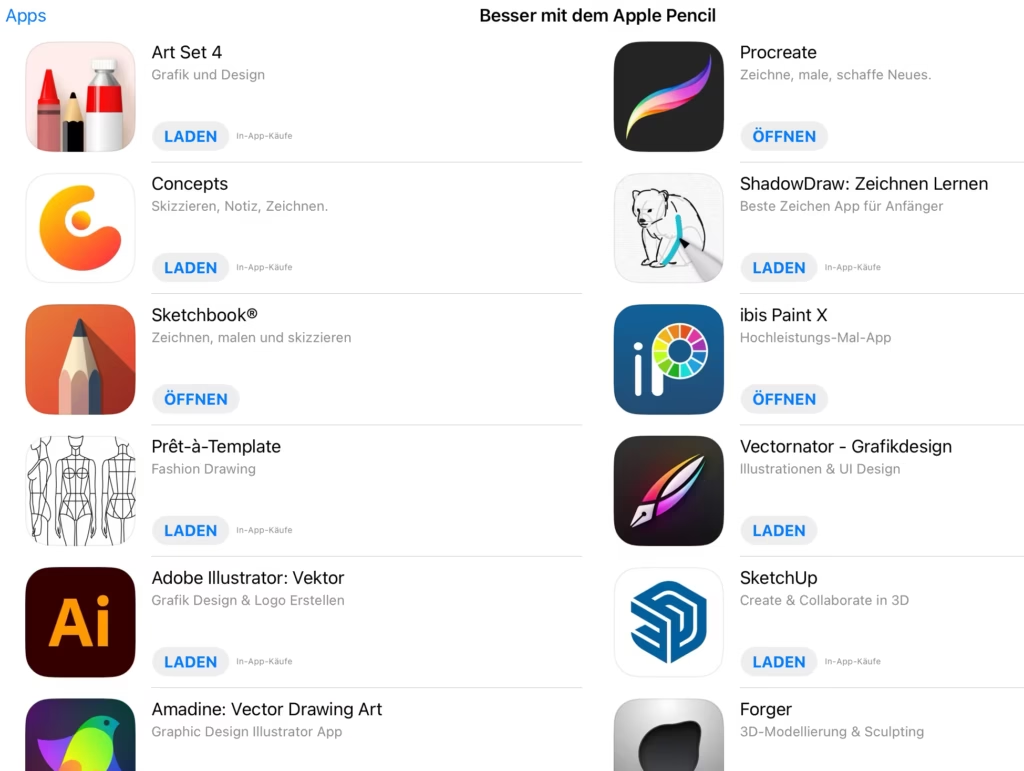
Skills Developed Through Digital Art Education
Digital art lessons help students build many skills. They teach drawing fundamentals like shapes and shading with digital techniques. Lessons also cover using software features, such as layers and brushes.
Students learn to experiment safely because digital art lets them undo and try different ideas. This freedom leads to more creativity and better problem-solving. Time management and detailed work also improve through regular practice.
Community and Networking Opportunities
Many digital art classes include access to groups or forums where students can share work and get feedback. This helps learners stay motivated and improve by seeing others’ art.
Online art communities also offer chances to connect with professional artists. These connections can lead to advice, collaborations, and even job opportunities. Sharing work regularly builds confidence and skills over time.
- 0shares
- Facebook0
- Pinterest0
- Twitter0
